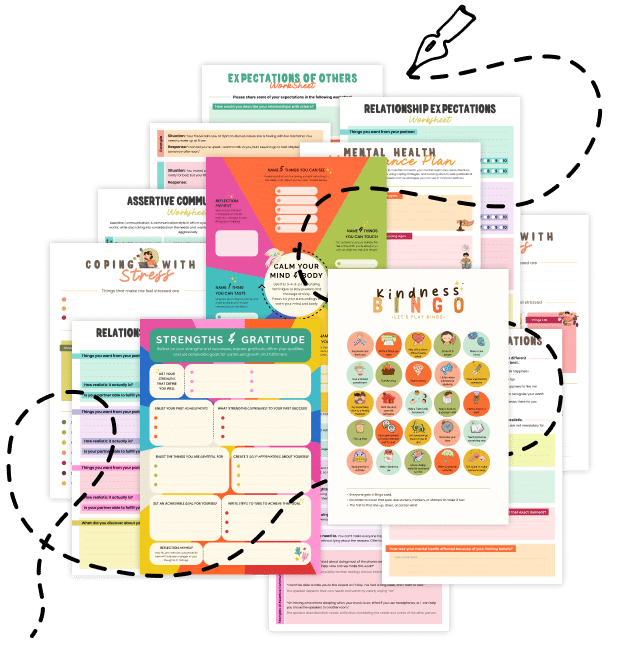20 Things About Time Perception Control
Discover how your subjective sense of time can be influenced—and even modulated—by your attention, emotions, and activities. Learn what Time Perception Control is, why it matters, and how you might harness it to boost focus, reduce stress, and make the most of every moment.
1. What Is Time Perception Control?
Time Perception Control refers to the ability to influence or modulate how fast or slow time seems to pass in your subjective experience. It’s not about altering physical time but about how you mentally process its flow.
2. The Role of Attention in Time Perception Control
When you concentrate deeply on a task, you may lose track of time—often described as being “in the zone” or experiencing flow. Conversely, boredom can make minutes feel like hours.
3. Emotional Influence
Strong emotions, such as anxiety or excitement, can distort your time perception. High arousal states may either stretch time out or make it seem to fly by, depending on the context.
4. Cognitive Load Impacts
When your brain is juggling multiple tasks, it often compresses time in hindsight. Heavy cognitive load may make busy periods seem shorter in memory than they felt in the moment.
5. Mindfulness and Meditation
Practicing mindfulness can help you slow down your subjective sense of time. By focusing on the present moment, you may experience a richer, more detailed awareness of each passing second.
6. The Flow State
When fully engaged in an activity you love, you might not notice time passing at all. This “flow state” is a prime example of how controlled focus can warp time perception.
7. Managing Stress Through Time Control
Learning to regulate your time perception can help reduce stress. Techniques that ease your sense of urgency allow you to approach challenges more calmly and thoughtfully.
8. Neurobiological Underpinnings
Brain regions like the prefrontal cortex, basal ganglia, and insula contribute to how you perceive time. These areas integrate sensory inputs and internal signals to create your personal timeline.
9. Temporal Distortion Under Pressure
Under high stress, you might experience “time dilation,” where moments seem to stretch out. This can be both a challenge and an opportunity, depending on how you manage it.
10. Techniques for Regulating Perception
Controlled breathing, guided imagery, and even certain physical activities can help you modulate your sense of time. These techniques provide a mental “reset” that can slow or quicken your perception as needed.
11. Practical Benefits at Work
Imagine being able to extend your focus during complex tasks or compress dull moments. Mastering time perception control can boost productivity and make lengthy projects feel less daunting.
12. Time Perception Control Applications in Sports
Athletes sometimes report that time slows down during critical moments—allowing them to react quickly. Training to harness this phenomenon may improve performance under pressure.
13. The Impact of Novelty
New and unfamiliar experiences often make time seem to slow, as your brain processes more details. Embracing novelty can enhance learning and create lasting memories.
14. Routine and Time Compression
Familiar, routine activities can feel like they pass quickly because your brain is on autopilot. Being mindful of these moments can help you recapture a sense of time’s richness.
15. Time Perception in Daily Life
From the length of a meeting to how long a vacation feels, time perception affects our daily experiences. Small changes in routine can dramatically shift how we experience our day.
16. Cognitive Flexibility Connection
Flexibility in thought allows you to reframe time. When you adjust your perspective—viewing deadlines as opportunities rather than pressures—you might feel less rushed.
17. Personal Growth and Reflection
Regular reflection on your day can help you adjust your internal clock. Journaling or meditative practices can fine-tune how you perceive and allocate your time.
18. Overcoming Procrastination
By learning to manage your sense of time, you can counteract procrastination. A well-regulated perception makes tasks feel more manageable and deadlines less overwhelming.
19. Enhancing Creativity
A flexible time mindset encourages creative thinking. When you’re not bound by the ticking clock, you’re more likely to experiment, brainstorm, and innovate.
20. Related Topics to Explore
- Chronotype Alignment: Discover how your natural sleep-wake cycle influences time perception.
- Circadian Neuroscience: Learn about the brain’s internal clock and its role in daily rhythms.
- Mind-Wandering Mode: Explore how drifting thoughts affect your sense of time.
- Non-Sleep Deep Rest (NSDR): Investigate alternative ways to refresh your mind without full sleep.
Quick Tips to Harness Time Perception Control
- Practice Mindfulness: Spend a few minutes each day focusing solely on the present—notice the small details in your environment.
- Use Time-Blocking: Divide your day into segments with designated tasks to create natural boundaries.
- Engage in Flow Activities: Identify tasks where you lose track of time and schedule regular sessions for them.
- Monitor Emotional States: Recognize when stress or excitement is skewing your time perception, and adjust your approach accordingly.
- Reflect Daily: Keep a journal noting how different activities and moods affect your sense of time—adjust routines based on what works best.
By understanding and managing your time perception, you can transform the way you experience daily life—making challenges more manageable, boosting productivity, and enhancing overall well-being. Share this article with friends, colleagues, or anyone eager to reclaim their sense of time and optimize their day!


